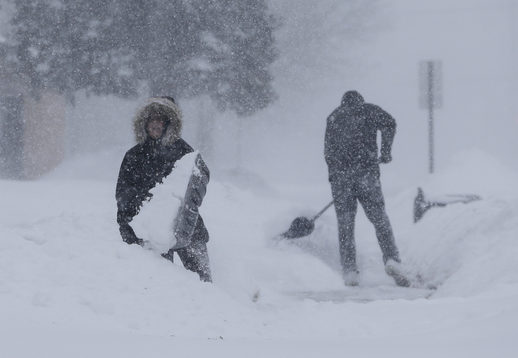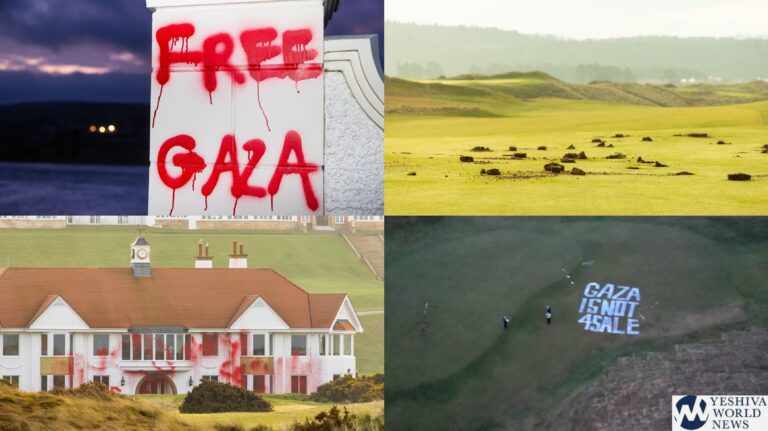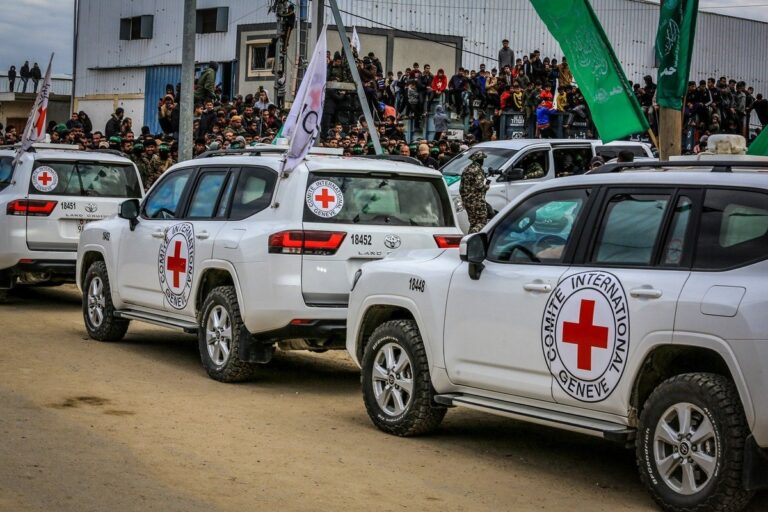Heavy snow and powerful wind created blizzard-like conditions Monday across parts of the Midwest, prompting officials to cancel about 1,000 flights in Chicago and close hundreds of schools in several states. But forecasters warn the most dangerous weather is yet to come: frigidly low temperatures that the region hasn’t seen in a quarter century.
Snowplow drivers had trouble keeping up with the snow in Wisconsin and Minnesota, where up to 14 inches (35.5 centimeters) is expected. Chicago-area commuters woke up to heavy snowfall, with more than 5 inches (12.7 centimeters) already on the ground. In Michigan, non-essential government offices were closed, including the Capitol.
But the snow is only “part one, and maybe even the easier part” because temperatures will plummet over the next three days, said Brian Hurley, a meteorologist with the Weather Prediction Center.
Cold weather advisories are in effect across a broad swath of the central U.S., from North Dakota to Missouri and spanning into Ohio. Temperatures will be as many as 20 degrees below average in parts of the Upper Great Lakes region and Upper Mississippi Valley, according to the National Weather Service.
Wednesday is expected to be the worst. Wind chills in northern Illinois could fall to negative 55 degrees (negative 48 degrees Celsius), which the National Weather Service called “possibly life threatening.” Minnesota temperatures could hit minus 30 degrees (negative 34 degrees Celsius) with a wind chill of negative 60 (negative 51 degrees Celsius).
“That’s quite dangerous. You’re talking about frostbite and hypothermia issues very quickly, like in a matter of minutes, maybe seconds,” Hurley said.
The potentially record-breaking low temperature forecast in Milwaukee is negative 28 degrees (negative 33 degrees Celsius), with a wind chill as low as negative 50 (negative 45 degrees Celsius).
“That’s not just unusual. That’s 40 degrees below normal,” Hurley said. “When you think about it in that sense, that’s a big ‘whoa.’”
The current record of minus 26 degrees (negative 32 degrees Celsius) was set in 1996.
In Chicago, O’Hare International Airport had about 790 canceled flights Monday morning and about 220 canceled flights were reported at Midway International Airport. The high temperature forecast at O’Hare on Wednesday is negative 14 degrees (negative 25 degrees Celsius), which would break a record set on Jan. 18, 1994.
The largest public school districts in Wisconsin and Minnesota were among those closed Monday, including districts in Milwaukee, Minneapolis and St. Paul. The Minnesota State Patrol was responding to scores of spin outs and crashes early Monday in the Twin Cities metro area, even before the busiest commute time, because of snow-covered and icy roads.
In Wisconsin, plow drivers were having a difficult time keeping up with the snow in Sheboygan. Minutes after a plow passed, roads were once again becoming snow covered, according to the Department of Public Works.
Even the fabled “frozen tundra” of Lambeau Field, home to the NFL’s Green Bay Packers, wasn’t able to withstand the heavy snow and blustery winds that closed hundreds of businesses, schools and government offices in Wisconsin. The stadium said tours, the Lambeau Field Atrium and all its businesses, including the Packers Hall of Fame, were closed to visitors Monday.
Wisconsin Gov. Tony Evers declared a state of emergency and activated the National Guard. While state government remained open Monday, Evers directed all state agencies to assist if any emergency response and recovery efforts are needed.
Courthouses and most offices were closed in Milwaukee, Waukesha, Columbia and Washington counties, while more than three dozen flights were canceled early Monday at the Milwaukee area’s largest airport, Mitchell International Airport.
The cold also prompted officials to close some schools in eastern Iowa. In eastern North Dakota, officials have issued travel alerts because of blowing snow.
(AP)











